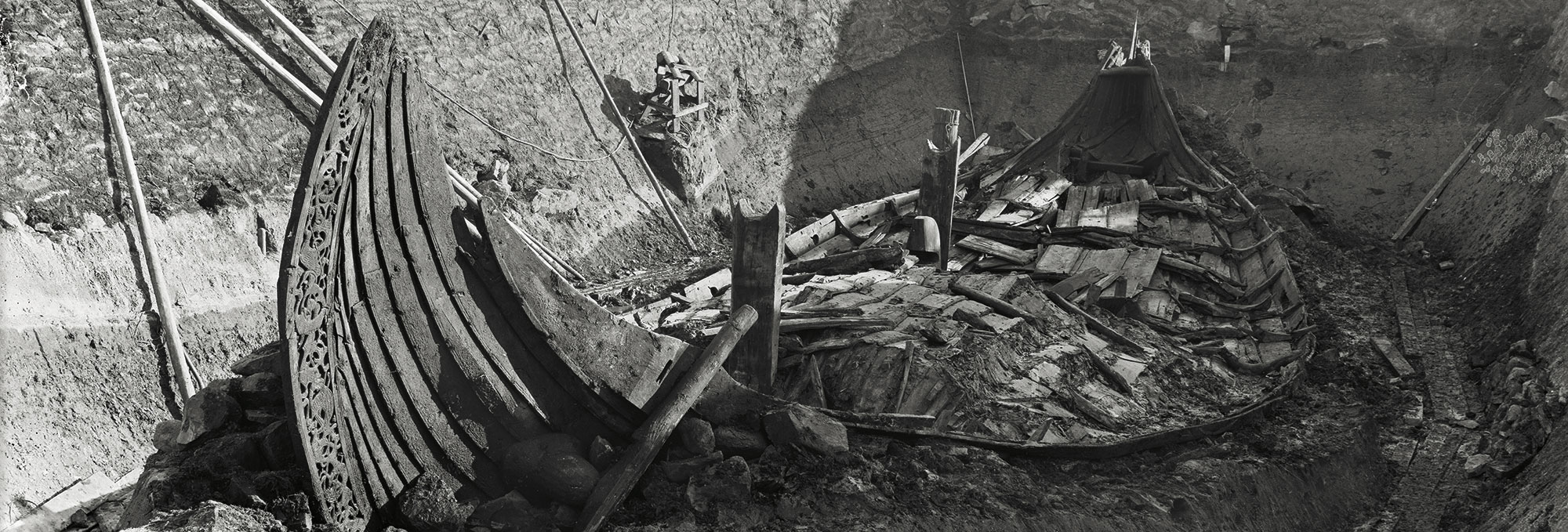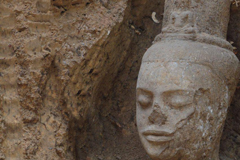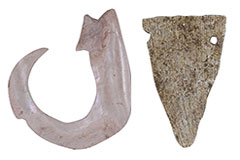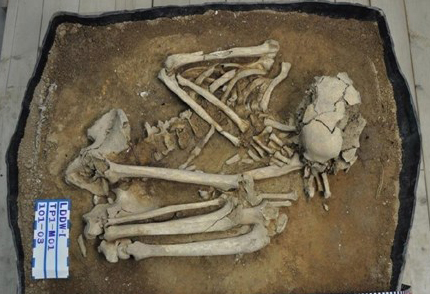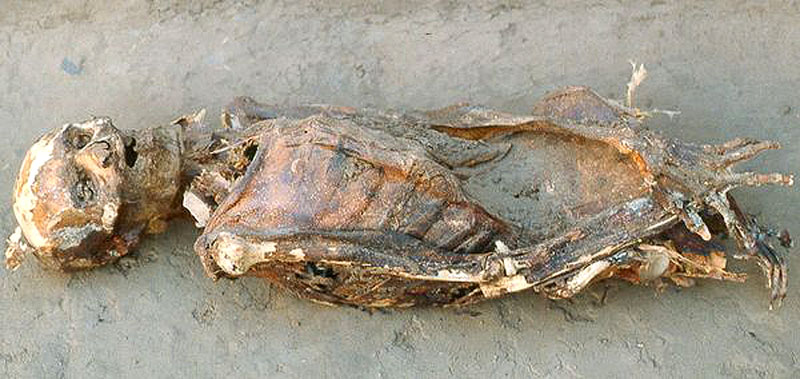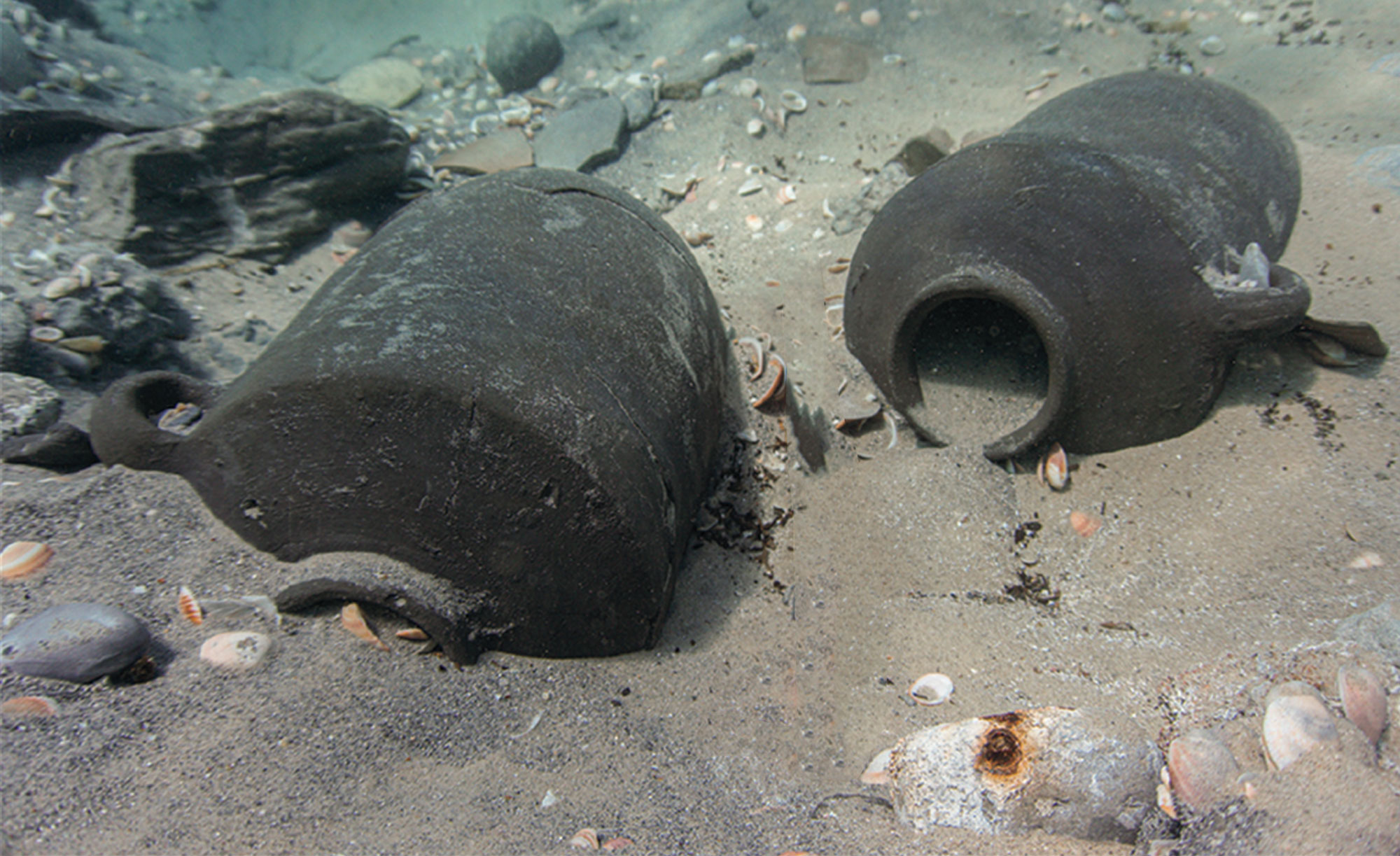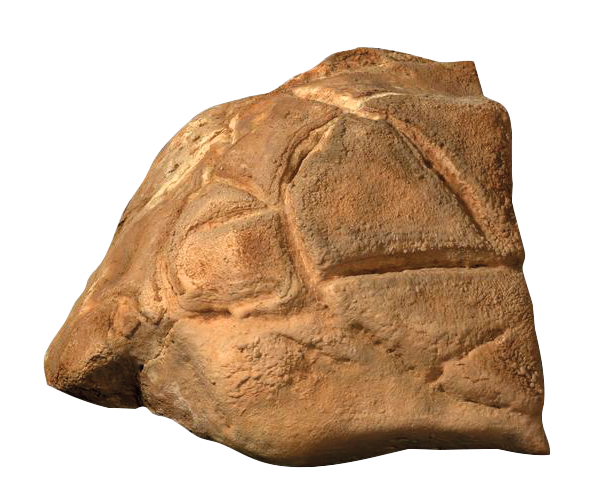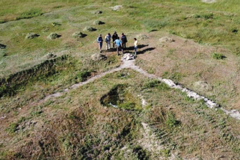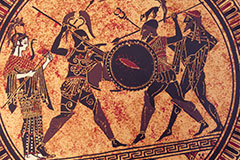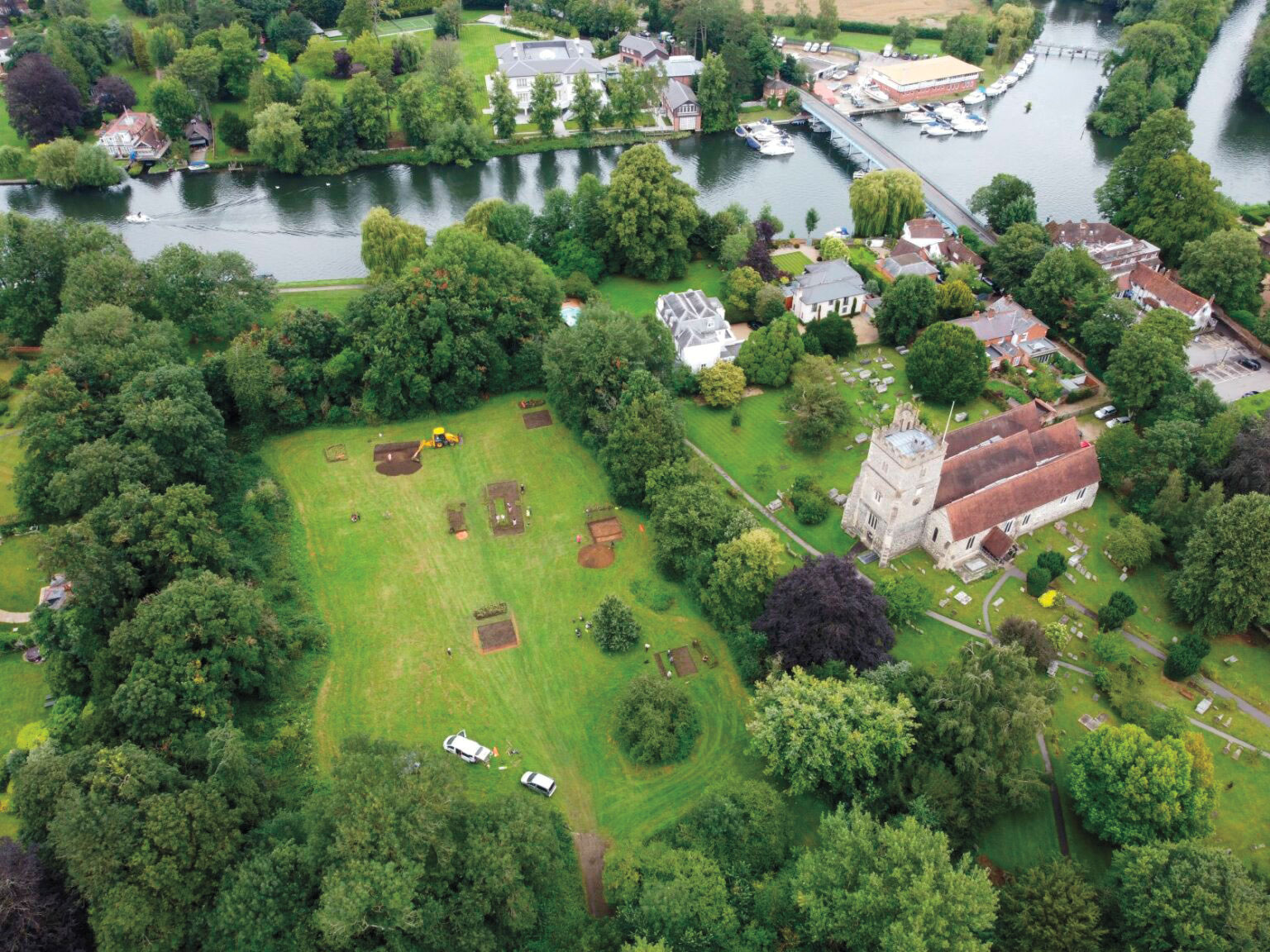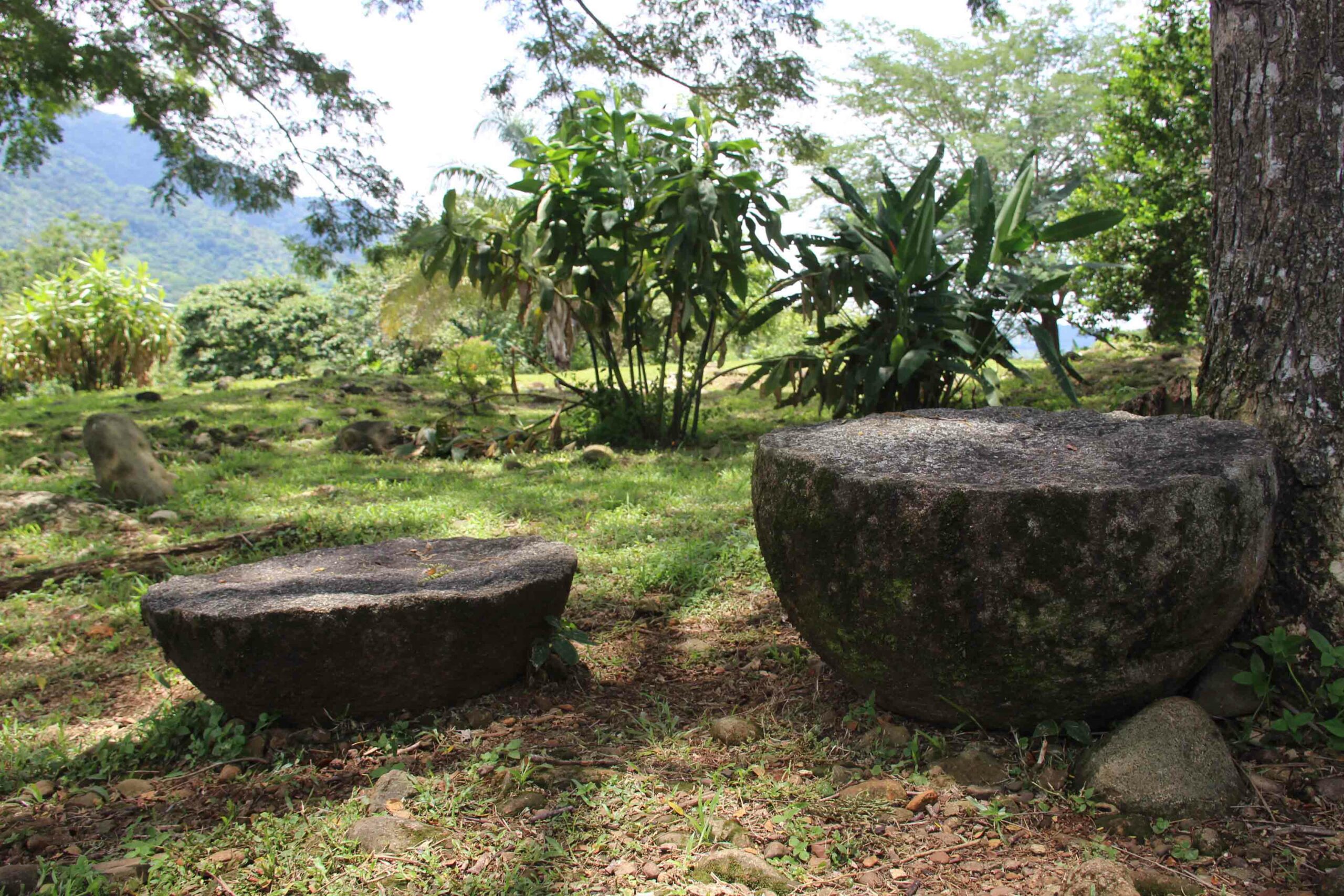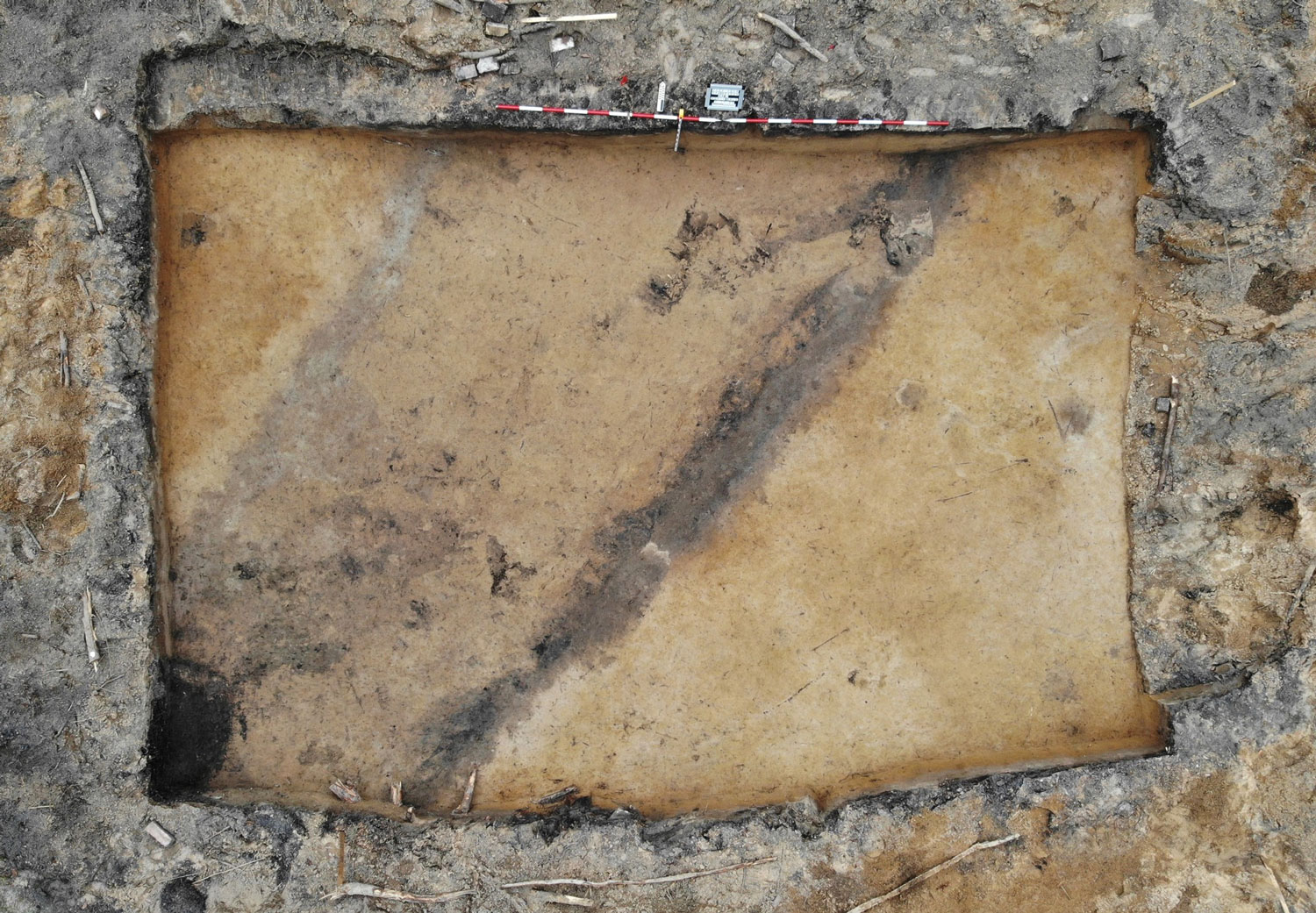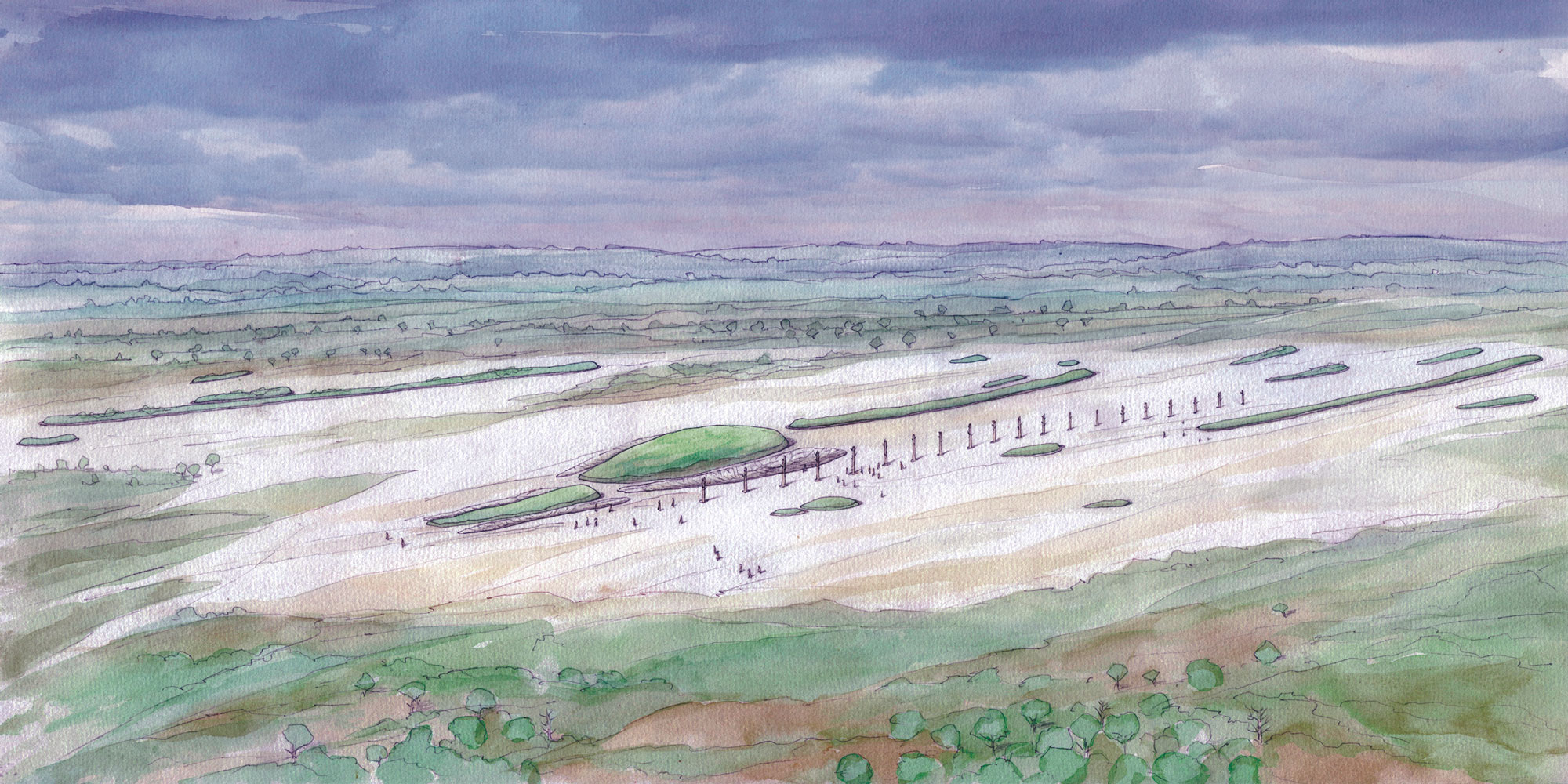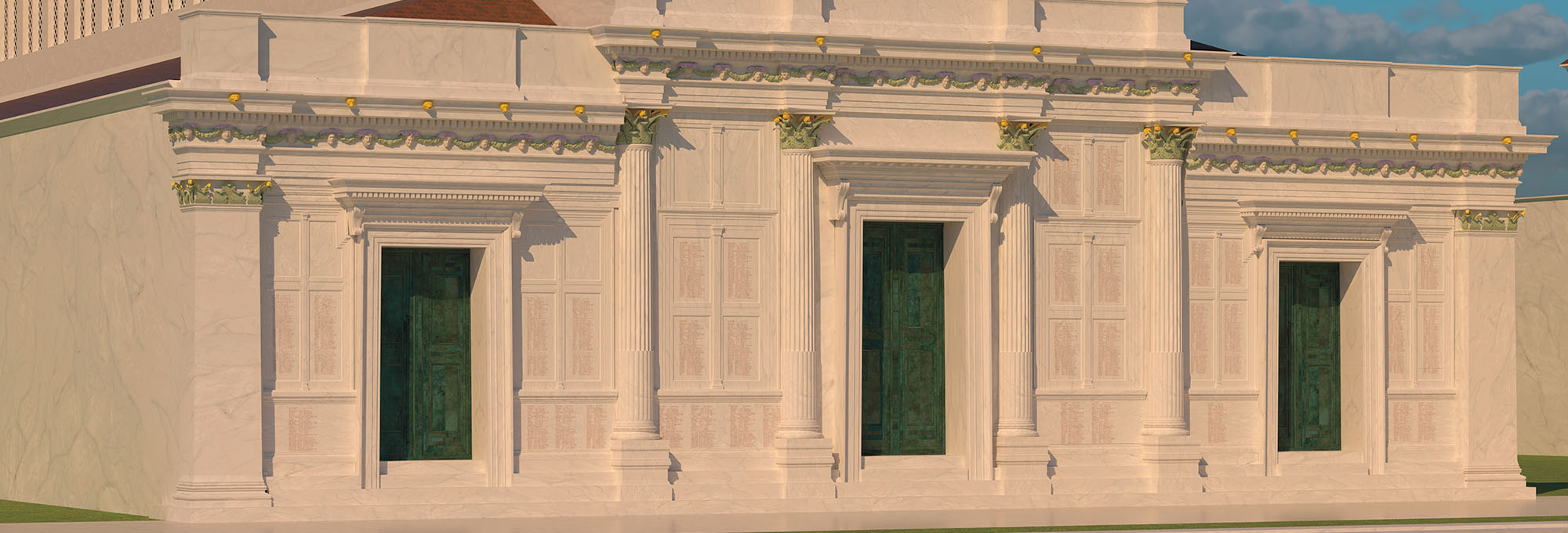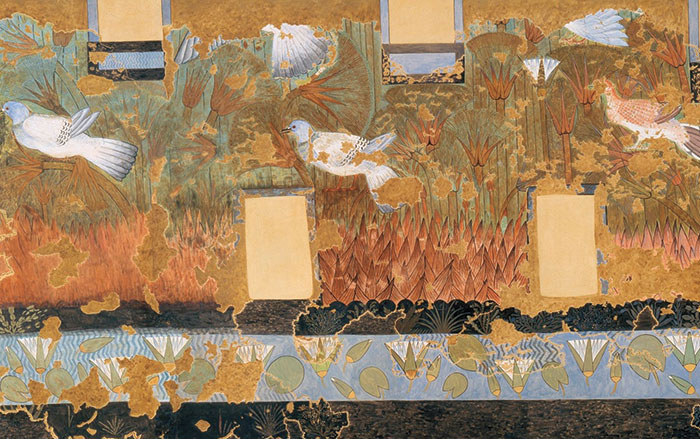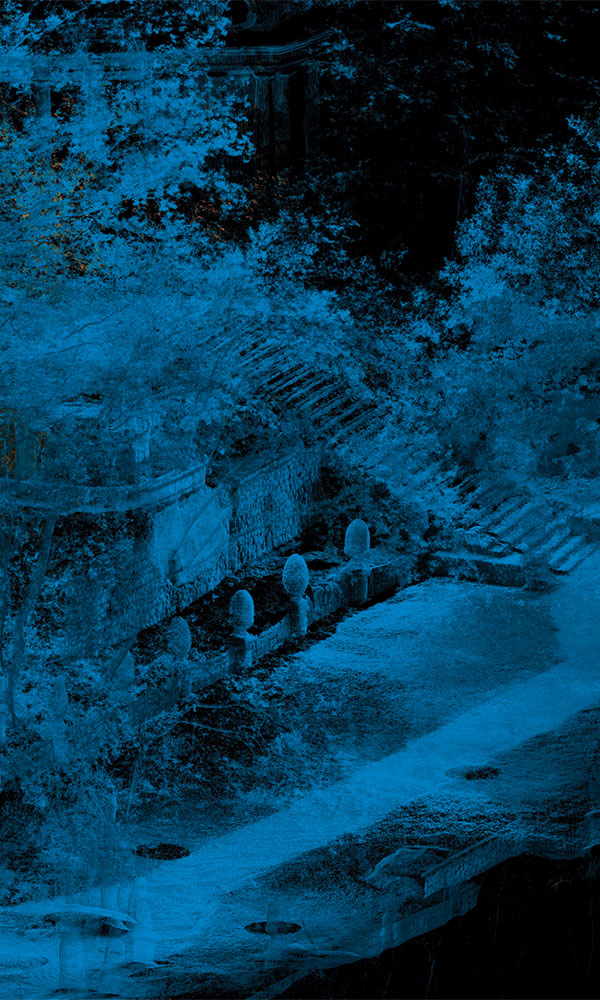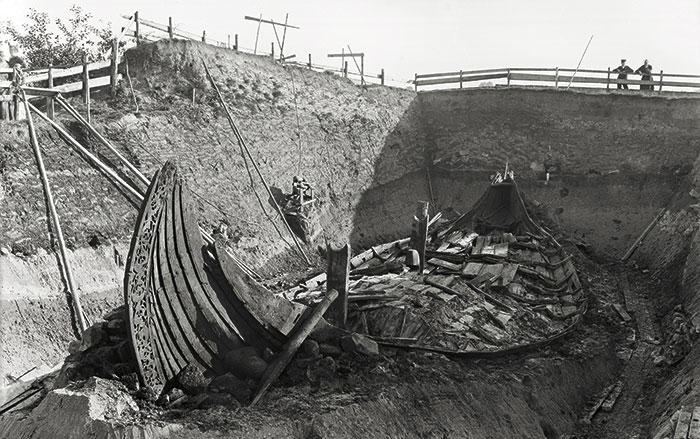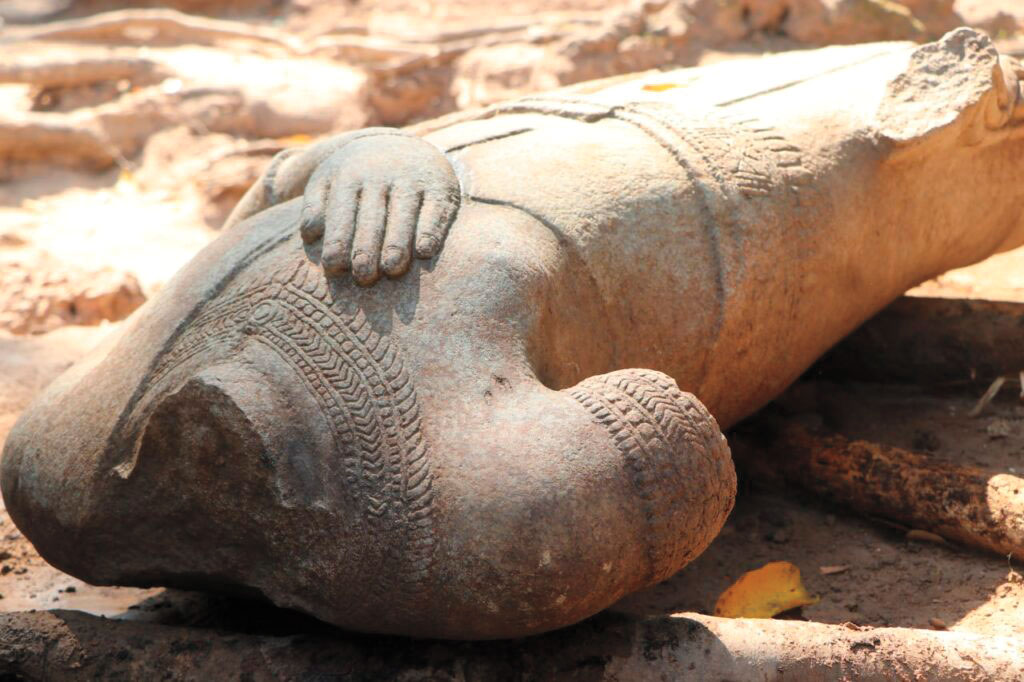
CAMBODIA
The torso of a rare type of Buddha statue was unearthed at Ta Prohm, a monastery built by the Khmer king Jayavarman VII in the late 12th to early 13th century. The sculpture stands about 4 feet tall, is heavily adorned with jewelry, and wears a robe and a veil. The Buddha is depicted with his left arm placed across his chest, a previously unknown position in Khmer statuary. Archaeologists were able to reunite the figure with its head, which was found in 1927.
Related Content
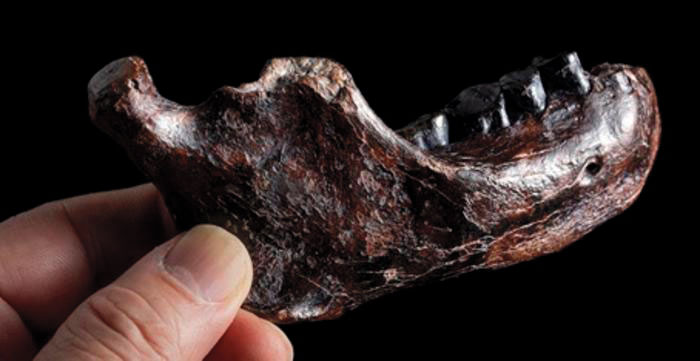
TAIWAN
According to researchers, a jawbone recovered from the seafloor of the Penghu Channel belongs to a male individual who lived as much as 190,000 years ago. The man was a Denisovan, a member of an extinct human species first identified in 2010. This is only the third location, after Siberia and the Tibetan Plateau, where Denisovan fossils have been found. This suggests that these early humans inhabited broad swaths of Asia encompassing widely varying environments.
Related Content

SUDAN
Ancient Egyptians built hundreds of pyramids over the millennia. These monumental structures were exclusively reserved for royal burials—or so scholars have long believed. Recent excavations in the pyramids at the site of Tombos, an Egyptian colony in ancient Nubia, revealed several skeletons interred between 1400 and 650 b.c. The remains of some individuals showed signs of wear and tear likely caused by a lifetime of manual labor. This is hardly a sign of noble birth, suggesting that the Tombos pyramids had a less restrictive entrance policy than previously thought.
Related Content

ISRAEL
Authorities revealed a perplexing Roman-era column capital likely dating to between the 2nd and 4th centuries a.d. What makes this Corinthian-style capital exceptional is that it appears to be decorated with a menorah. This imagery has no known parallels from the time. Why a Roman architectural element would contain a depiction of a Jewish symbol has baffled experts, as, by this time, Jerusalem’s Jewish population had been expelled. Perhaps, researchers suggest, the sculptor was familiar with images of such candelabras but unaware of their religious connotations.
Related Content

TURKEY
The Iliad is filled with descriptions of Greeks and Trojans alike drinking wine during the siege of Troy. New research has shown that these scenes may be historically accurate. Analysis of 4,000-year-old fragments of fancy goblets found at the site determined that they had, indeed, once contained wine. The study detected alcohol not just on these drinking vessels, which were used by elites, but also on ordinary cups used by commoners. Perhaps rampant imbibing accounts for why the Trojan War lasted a full decade.
Related Content
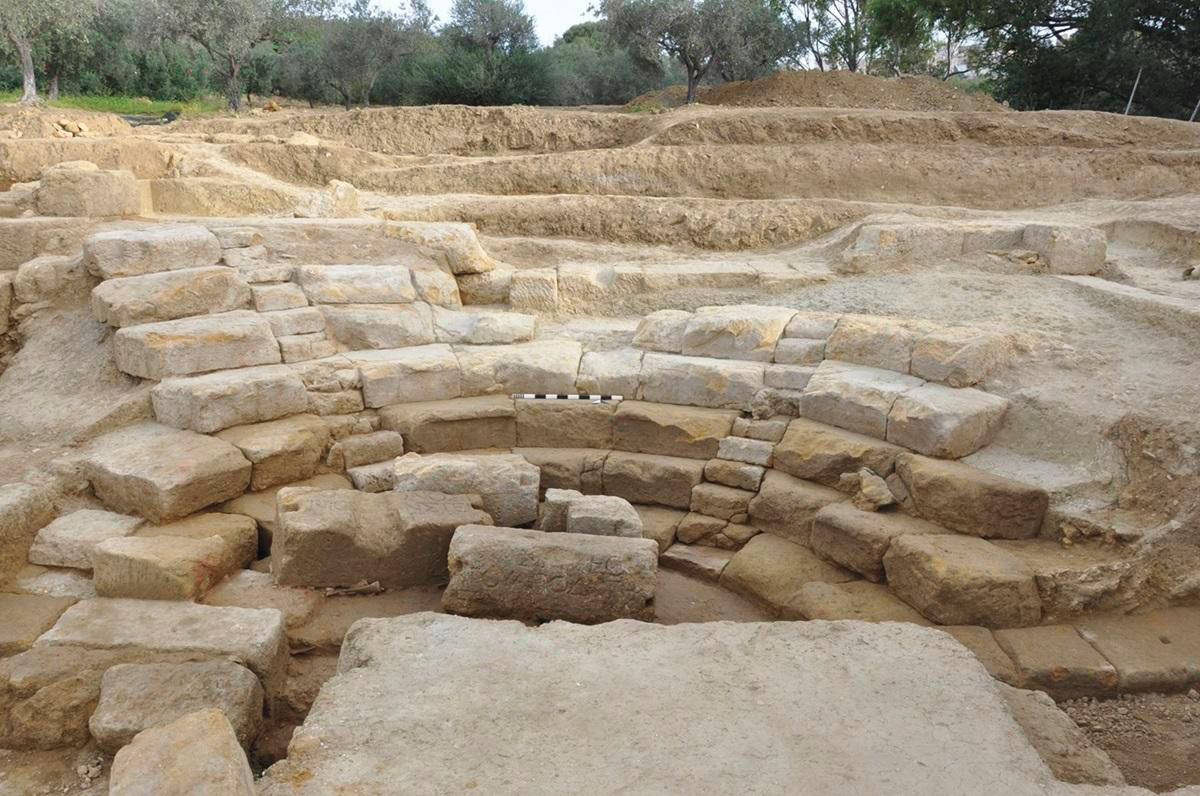
SICILY
Mental gymnastics were emphasized just as much as physical exercise in the ancient Greek colony of Agrigento. The 1st-century b.c. gymnasium at the site contains ample space for workouts, training, and other athletic activities. Recent excavations uncovered a semicircular roofed classroom, the 1st of its kind ever found in a gymnasium complex. Teachers and students would have used this space to hold classes, practice rhetoric, and stage plays as well as intellectual competitions.
Related Content

ENGLAND
Scenes of gladiators battling exotic cats are common in the popular imagination. However, the only known physical evidence of such a contest comes from skeletal remains found in a gladiator cemetery in the city of York. Researchers recently noticed unusual marks on the pelvis of a combatant who died in the 3rd century a.d. They confirmed that the marks are consistent with puncture wounds caused by a big cat such as a lion and concluded that the man was probably a type of fighter known as a bestiarius who was taken down and dragged by his feline opponent.
Related Content
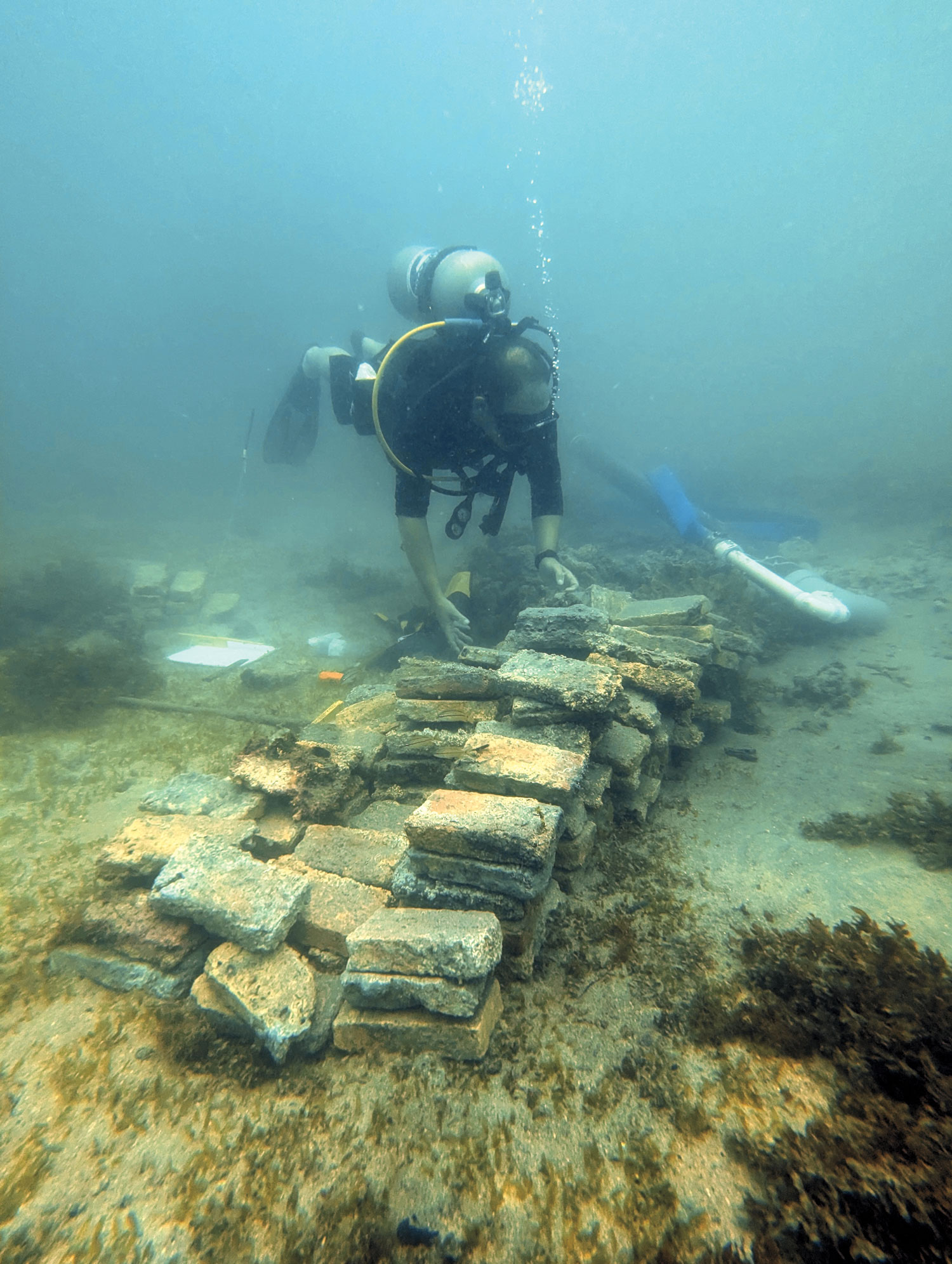
COSTA RICA
Two shipwrecks in the Caribbean Sea, previously thought to be pirate ships, were revealed to be the Danish slave ships Fridericus Quartus and Christianus Quintus, whichwent missing more than 300 years ago. Historical sources record that the ships sank on March 2, 1710, after the crew and enslaved people on board mutinied. Almost 600 Africans from the ships made their way ashore. They are the ancestors of some of the people living there today.
Related Content

FLORIDA
Cats curl up on couches in 1/3 of all American households. However, domesticated felines are not native to the New World, but were introduced by Europeans. The earliest known cats in the present-day United States, an adult and a juvenile, have been identified in the wreck of a Spanish ship that sank at the site of Emanuel Point II in Pensacola Bay in 1559. Although the cats were likely brought aboard to feast on rodents, analysis of their diet indicated, surprisingly, that they dined much like the sailors.
Related Content
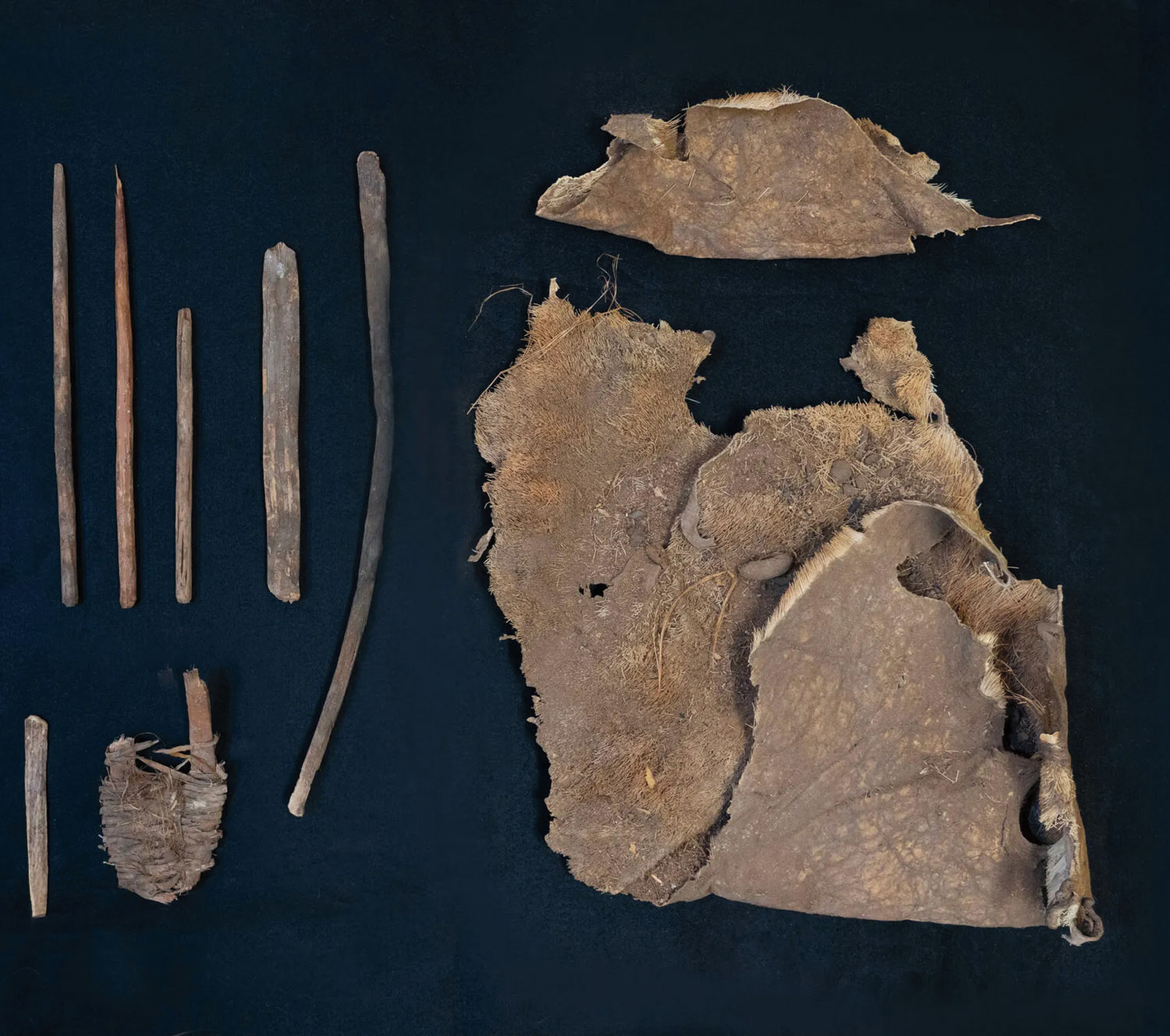
TEXAS
An Indigenous hunter sat by the fire in a cave 6,500 years ago and evaluated the state of his weapons, making repairs to some and discarding others. Over the past several years, archaeologists have collected the wood and stone equipment the hunter left behind in the San Esteban Rockshelter near Marfa. The arsenal consists of a boomerang, stone points, poisoned wood darts, and a type of spear-thrower called an atlatl. They make up the oldest nearly intact hunting kit found in North America.


